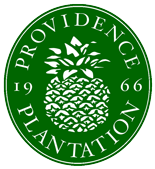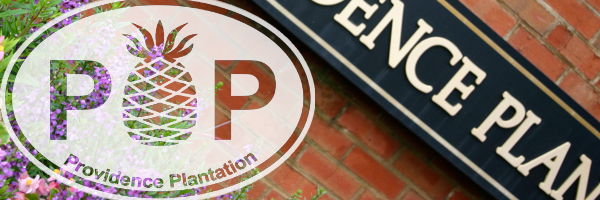I have lifted the following history from the Providence Plantation Brochure which was printed around 1983. This was the first professional marketing piece since they began selling lots around 1967-68. Three of the original developers had died and the decision was made to sell the balance of the property.
“Providence settlers were hardy Scotts and Irish, both forsaking their native lands in search of personal and religious freedom. Fleeing lands where ownership of land was impossible and poverty was commonplace. Following the Waxhaw Trading Path, long used by Indians for travel South, they came from Eastern Colonies and began hewing homesteads from a wilderness populated by the Cherokee, Catawba, Sugaree and Waxhaw Indians; some friendly, some hostile.”
“In the ‘History of Old Providence Church,’ organized in 1767 which stands nearby; it is recounted that these Scotch-Irish pioneers were frugal, opinionated, and hand working. The pioneers later resented the efforts of The Lord Proprietors to collect taxes for the King of England, eventually leading to the Revolutionary War. They were in the thick of this rebellion as Lord Wallace and his army marched through Providence on the Waxhaw Path from Camden to his eventual defeat at Kings Mountain. Harrassed (sic) by these settlers at every turn, Lord Cornwallis described Charlotte and the area as a ‘veritable Hornets Nest,’ From which remark came the official seal of the City of Charlotte…..a Hornets Nest.”
“The Plantation abounds in interesting phenomena. The last glacia (sic), during the Ice Age, deposited huge boulders through this area, stretching in a line from Pineville through The Plantation and into Iredell County and Concord. Indian Rock Road is named for one of the stones which is behind a home on the corner of Houston Branch and Brook Hollow. It was used for many years by Indians passing through on the Trail as a favorite camping ground.”
“Spot gold mining was carried out all through The Plantation with so much success that a U.S. Mint was established to process and mint coins from the large quantity mined throughout this area. The Mint Building was later moved from W. Trade Street to Eastover, and today gives this area an outstanding museum and art gallery. Even today, gold flakes may be washed out in Four Mile Creek and Houston Branch. Gold coins minted locally are valuable collectors items.
The Plantation Today (1983 or so) will be a later issue of Providence Plantation Tidbits.
Again, I encourage you to contact me with your own history.
Joye Baucom, Historian
704 564 2643
jbaucom@cchrealtors.com

